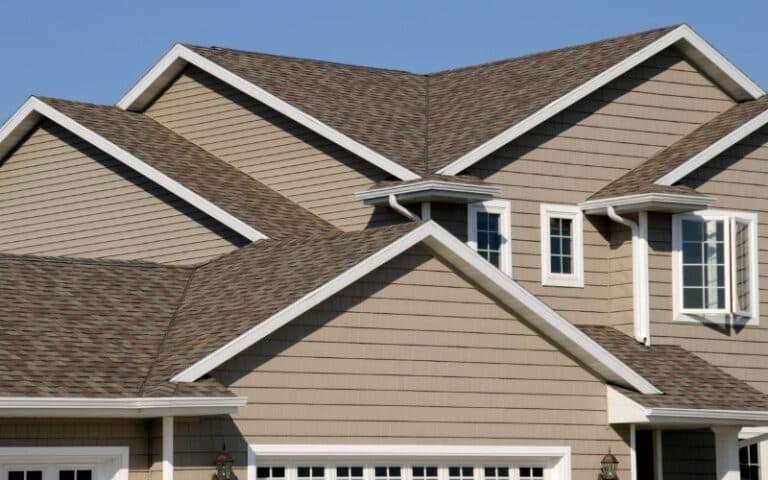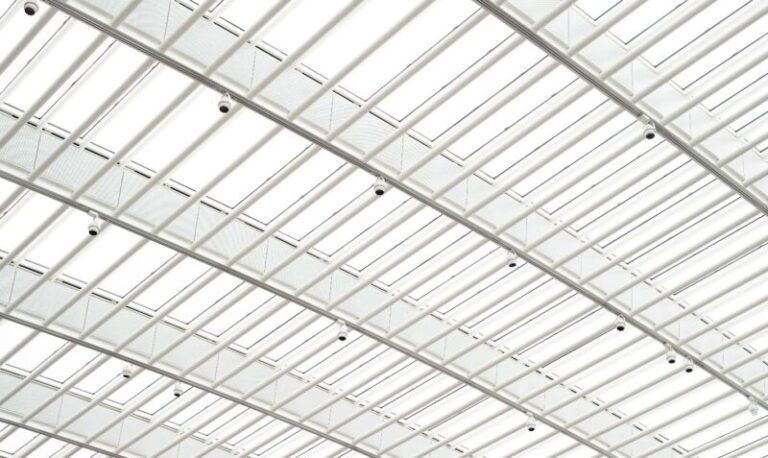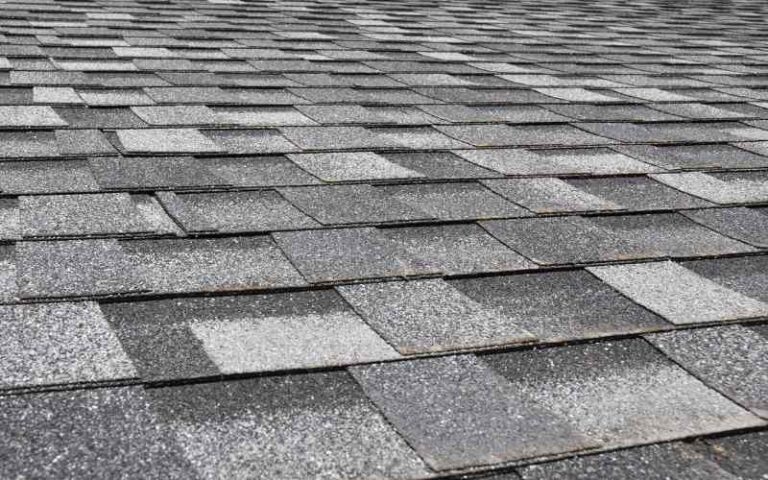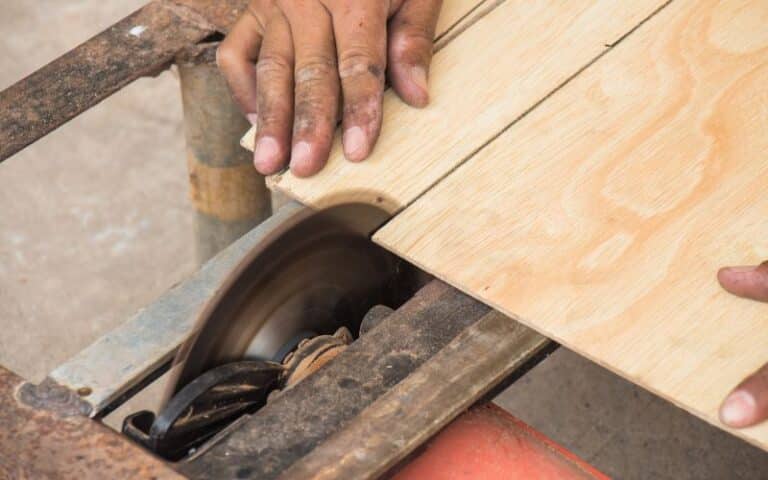Decking is one of the most important aspects of roof construction, and plywood is a famous material used in the process.
Unfortunately, though plywood is strong and resistant to splitting, it can’t last forever. Therefore, after a pretty long time, it’ll require replacement.
Plywood is durable and lasts 20- 40 years before needing to be replaced. It can even stay a few years longer if it remains in proper condition. Thus, you can confidently construct your roof decking sheathing with plywood, knowing that wood of good quality lasts almost forever.
Ready for a Roofing Quiz?
When Should You Replace Plywood on Roof?

Without proper maintenance or as time prolongs, your roof may suffer from leaks or damage.
While you can implement a repair, this is not always the solution. Sometimes, you have to replace the roof decking.
While repairing your damaged roof decking may be less expensive, it may not last. So, if you want a durable solution to a rotting plywood roof decking, you must opt for a replacement.
First, however, you should know when to pick a roof replacement over repairs. Let’s identify problems that indicate an immediate or imminent replacement.
#1. Severe Leaks
While leaks may be hard to detect in the dry season, the rainy season will surely expose them. If you notice that your roof leaks seriously in multiple places, then it’s time for a change.
If you ignore the need for a replacement, your entire home building structure may end up in shambles.
#2. Weakening Granules
If your granules begin to crumble excessively, thereby creating a mass of grit, this is a sign that the shingles are aging. It’s normal
for a few granules to grow weary, but age and bad weather can intensify the severity. If you notice a massive loss of granules, it’s time for a roof replacement.
#3. Shingle Damage
The adhesive of the shingle may wear out, causing some to break and fall off. Other damages also include cases of shingle rip and curl.
All these are unhealthy threats to your roof decking, which necessitates the need for change.
#4. Loss of smoothness
When you notice sunken dips and elevated swellings, it’s time to act fast. This predicament is often due to underlying issues such as rotting or moisture. Thus, you should act fast.
#5. Humidity
When your roof has lost its ability to ventilate and eradicate moisture, you need to replace roof decking soon.
The above are a few problems that can help you detect when your roof is due for replacement.
Normally, it’s unusual to find a new roof with these faults as they develop due to aging, damage, leaks, and moisture.
What is the Lifespan of Plywood as Roof Decking?
Among the best qualities of plywood are its strength and durability. Though there are many more qualities, these two make plywood an excellent choice for roof decking.
In addition, the lifespan of plywood roof sheathing is long.
Leaks, moisture, and wetness are the common problems that can shorten the lifespan of plywood.
However, if your decking is properly ventilated & protected from the elements, it can last for as long as 20- 40 years.
Another important factor that will either lengthen or shorten the lifespan of your plywood decking is the wood quality. Some plywoods are of better grades than others. Therefore, they last longer.
As such, you should keep an eye on the quality of plywood used during construction.
You can easily identify a high grade of plywood by checking its surface for ISI certification and CML.
The best quality plywood is smooth. It is also dense, thus weighty, and without varying degrees of thickness.
Good plywood has straight core layers and isn’t hollow. Lastly, high-quality plywood bends and is flexible.
How do I Know if my Plywood is Bad on my Roof?
Undoubtedly, plywood on the roof can last long if kept in proper condition, as explained above. Thus, your roof decking plywood requires regular maintenance by a professional.
However, if it goes bad, you will have to replace the plywood roof or face the risk of collapse.
Wetness can cause plywood rot and damaged wood decking, but it’s invisible since the sheathing is beneath the shingles.
Therefore, unlike visible parts, damaged wood decking is hard to decipher. It may even go unnoticed most times.
However, if you know how and when to check for wood decking rot, you’ll easily identify this problem.
There are two types of plywood rot: wet and dry rot. Here are signs that the plywood on your roof has gone bad.
- Discoloration and white, yellow, grey, brown, or black growths resemble mushrooms.
- Wood is dry and also cracks and crumbles.
- A musty, stuffy, and damp smell.
- The wood develops dark spots and becomes spongy/ soft.
- Rot on other wooden components of your home.
- Insulation damage and reduction of energy efficiency.
- Growth of mold and fungi.
Whenever you notice any of these, it signifies a rotted roof decking.
Do You Always Need New Plywood for a Roof Replacement?
The most common causes of damaged roof decking are leaks and condensation. While a one-time exposure to moisture may not damage your roof, water may.
If there are signs of wood rot, replace the plywood roof; you risk intense structural damage and roof collapse.
Of course, this situation will cost you much more than if you were to just replace the plywood sheathing.
There is a common question that many people ask when dealing with a plywood roof replacement. The question is whether or not new plywood is needed for roof replacement.
Plywood suffering from wood rot is soft and spongy, therefore unsuitable for further usage.
So, to replace a damaged roof decking, you should measure the extent of damage and then cut the faulty parts out.
Unfortunately, it is impossible to reuse bad plywood, so you will require new plywood for replacement.
Though you may be tempted to save resources and finances by leaving the old decking in place and placing a new one on top, don’t do it.
Remember, roof rot spreads, and a damaged decking may collapse anytime.
If the old wood doesn’t collapse, it will cause other issues such as ventilation or insulation. So, the answer is yes.
You will always need new plywood to replace an old or damaged one. The amount of new plywood you will require relies on the damage’s extent and the area needing fixing.
Does my Roof Need New Plywood Decking?
Plywood roof decking replacement is a part of routine maintenance repairs. However, a new plywood decking is not always introduced, even after leaks.
You may wonder why your roofer didn’t change your roof decking to a new one after maintenance. The truth is that replacement is not always necessary.
Some leaks are so meager that you can ignore them momentarily as they will have no impact.
In other cases, it may be that your plywood roof decking is still strong enough to carry on for a decade or a long time with just a little repair.
So, whenever your roofer notices that the damage doesn’t need a replacement, a repair will be done to fix the issue. However, roof problems with great severity require a new plywood roof decking.
As such, the stage of your roof decking sheathing will tell whether or not you need new plywood for replacement.
However, if you are not confident in the decision of one roofer to simply repair, you should consult a few other roofers to hear their opinion.
But, if despite everything, you feel like the decking should be replaced, nothing is standing between you and a replacement.
After all, it’s your house, roof, and money. First, however, I advise that you get a competent roofer and do as he instructs.
At a Glance: Pressure Treated Vs. Douglas Fir (In-Depth Comparison)
Conclusion
Plywood is a flexible roof sheathing material that lasts long. However, its durability can be affected by leaks or moisture, thereby warranting a replacement or repair.
If your roof consists of plywood, you must carry out maintenance regularly to prevent damage and promote safety.






